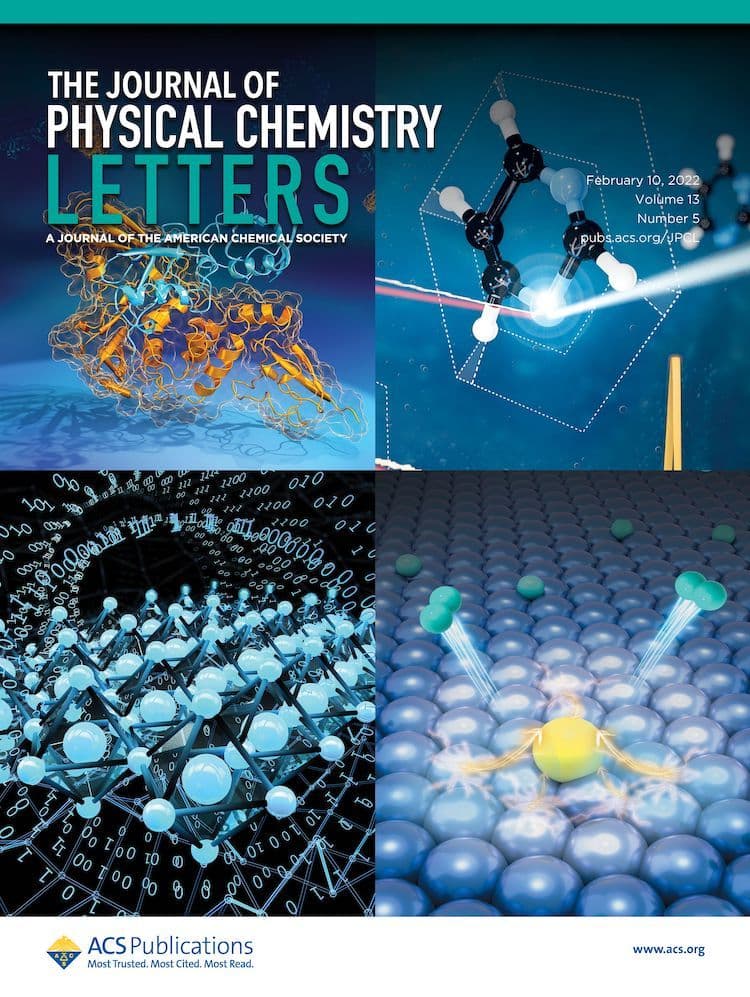Substrate instability and insufficient signal enhancement still limit the applicability of surface–enhanced Raman spectroscopy (SERS) and tip–enhanced Raman spectroscopy (TERS) in the field of catalysis. But by using sophisticated colloidal synthesis methods and advanced techniques, such as shell-isolated nanoparticle-enhanced Raman spectroscopy (SHINERS), these challenges could be overcome, as Thomas Hartman and Caterina S. Wondergem explain in this video. The duo provide an introduction […]

Substrate instability and insufficient signal enhancement still limit the applicability of surface–enhanced Raman spectroscopy (SERS) and tip–enhanced Raman spectroscopy (TERS) in the field of catalysis. But by using sophisticated colloidal synthesis methods and advanced techniques, such as shell-isolated nanoparticle-enhanced Raman spectroscopy (SHINERS), these challenges could be overcome, as Thomas Hartman and Caterina S. Wondergem explain in this video.
The duo provide an introduction to the use of SERS, TERS and SHINERS in the field of catalysis with the main emphasis on catalytic solids — and they do it all in rhyming couplets.
Check out their video:

